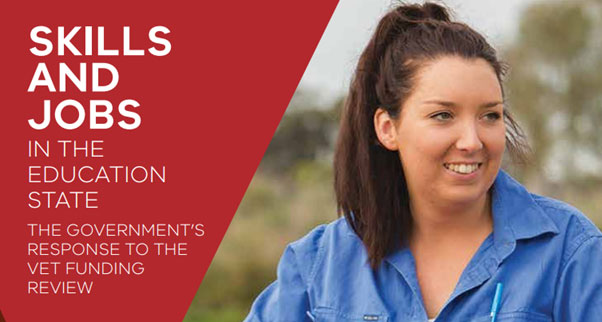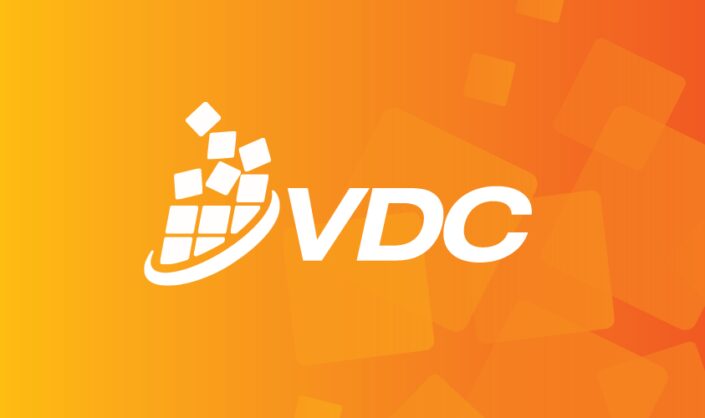
Victoria’s new training system starts in January 2017, with a big focus on quality across the system and an explicit statement on the role of public providers.
On 26 August the Victorian government unveiled Skills First – a new design for the state’s VET system which will commence operation on 1 January 2017. Skills First puts in place the policy and program details flowing from Skills and Jobs in the Education State: The government’s response to the VET Funding Review (20 pages), released in December 2015.
Quality across the system
In its response the government specified six principles at the centre of training system reform:
- A clear vision for what Government expects from the VET system.
- A new, stable and sustainable funding model.
- A commitment to restoring strong and sustainable TAFEs and Learn Local community providers.
- A commitment to putting industry, employers and students first, in order to boost jobs and productivity.
- A commitment to a fair and equitable funding system.
- A commitment to placing quality and continuous improvement at the heart of VET.
Skills First translates these six principles into an operational framework.
Skills First puts a premium on quality training. Contestability remains a central design element in the new system. A key difference is that the bar has been lifted. There is not much room under Skills First for cut price, low quality training which emphasises volume of students rather than volume of learning. For example, online and work-based learning are essential delivery modes in a contemporary training system but had been abused by a few providers. From 2017, contracts for government funded training will include new requirements for these delivery modes that will put a consistent light on training outcomes rather than leave room for a provider to prioritise cost reduction.
There is an unequivocal expectation that TAFE and dual sector universities, as public providers, will set the pace for quality in training design, delivery and outcomes. The public provider will also take a lead role in improving training participation by disadvantaged learners. Skills First also recognises the particular importance of TAFE in regional communities. The explicit role of TAFE and dual sector providers is outlined in A vision for TAFE (4 pages) which is available from the Skills First website.
These expectations will have practical expression in a TAFE Performance and Accountability Framework. The Framework will establish benchmarks and introduce performance indicators so that performance is monitored and reported against a scorecard.
The Funded Course List
A key change in the new Victorian system is that courses eligible for government funding will now be closely scrutinised for their relevance to the state’s skills needs, so making a firmer link with job outcomes for VET students. It’s not a case of government funding being available for any nationally accredited qualification. The number of eligible courses will drop from about 1500 to about 1000.
You can download the funded course list by scrolling to the bottom of this page on the Skills First website.
More Skills First details
There is an extensive introduction to the state’s revamped training system on the Skills First website. A helpful place to build an overall picture of Skills First, or narrow your search for information, is via the downloadable brochures and fact sheets on the website.
There are two brochures:
- Real Training for Real Jobs
- A Vision for TAFE.
There are separate fact sheets for students, industry, community training providers, private providers, and regions.








